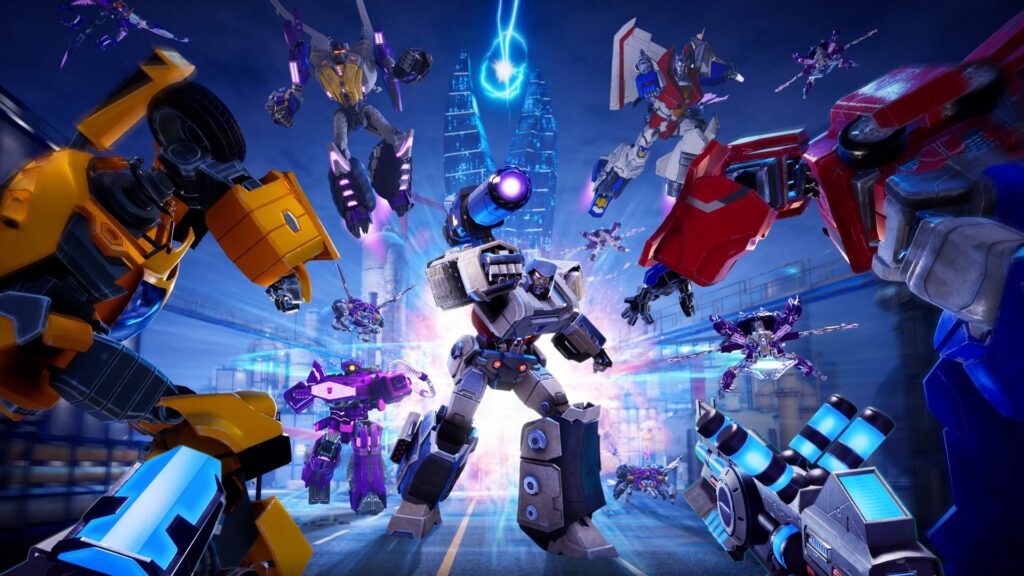Multiplayer gaming has been transforming in the past decade. The use of virtual reality (VR) technology in gaming has already made a significant development in the industry. Multiplayer VR games have an unprecedented level of immersion and interaction with others, allowing players to compete or collaborate with others from around the world. Haptic feedback and the use of biometric sensors are two potential advancements in VR gaming that could significantly enhance the immersive experience, allowing players to feel physical sensations and adapts to a player’s emotional state. Augmented reality (AR) gaming combines virtual with the real world, and technological advancements aim to create a seamless interaction between the two worlds.
The Future of Multiplayer Gaming: Virtual Reality and Beyond
Video games have evolved considerably in the past decade, with advancements in technology leading to the creation of immersive virtual worlds and complex narratives. Multiplayer gaming has become increasingly popular, allowing players to connect with others from all over the world and collaborate or compete in different games. The recent rise of virtual reality technology has opened up a whole new dimension for multiplayer gaming, with the potential for even more immersive experiences. In this article, we will explore the future of multiplayer gaming, focusing on virtual reality and beyond.
Virtual Reality Gaming
Virtual reality (VR) is a technology that allows users to immerse themselves in a computer-generated simulation of a 3D environment. Players can use VR headsets to enter the simulated world and interact with objects and other players as if they were actually there. While the use of VR technology in gaming is still in its early stages, it has already made a significant impact on the gaming industry. Multiplayer VR games offer players an unprecedented level of immersion and interaction with others.
One of the most popular VR multiplayer games is Rec Room, which is an online platform that allows users to connect and interact with others in a variety of games, such as paintball, dodgeball, and charades. The social aspect of Rec Room is a key factor in its popularity, as players can make friends and collaborate with others in the virtual world. Another notable VR multiplayer game is Star Trek: Bridge Crew, which puts players in the role of Starfleet officers on a spaceship. Players can work together to navigate the ship and complete missions.
The Future of VR Gaming
The future of VR gaming looks bright, with technological advancements allowing for even more immersive experiences. One potential development is the integration of haptic feedback, which would allow players to feel physical sensations in the virtual world. For example, if a player were to touch a virtual object, they would feel the sensation of touching it in real life.
Another possible advancement is the use of biometric sensors, which would track a player’s physiological responses to the virtual environment. This would allow for even greater immersion, as the virtual world could adapt to the player’s emotional state. For instance, if a player were to become scared, the virtual world could become more intense and challenging.
Beyond Virtual Reality: Augmented Reality Gaming
While the possibilities of virtual reality gaming are exciting, they are limited to a simulated environment. Augmented reality (AR) gaming, on the other hand, combines the virtual with the real world, allowing for even more immersive experiences. AR games use a player’s camera and overlay a computer-generated image on top of the real-world environment.
One of the most popular AR games is Pokémon Go, which uses a player’s location to generate Pokémon that they can catch and evolve. The social aspect of Pokémon Go is also important, as players can work together to capture rare Pokémon and compete in battles at gyms located in the real world.
The Future of AR Gaming
The future of AR gaming looks promising, with technological advancements allowing for even more integration between the virtual and real worlds. One potential development is the use of smart glasses, which would allow for a more seamless integration of the virtual and real worlds. Players could wear the glasses and interact with virtual objects and other players without having to hold a device.
Another possible advancement is the use of 5G technology, which would allow for even more seamless integration of the virtual and real worlds. With 5G, players could experience AR games in real-time with virtually no lag, making the experience even more immersive.
Conclusion
Multiplayer gaming has come a long way in recent years, and the rise of virtual reality and augmented reality technology is set to take it to new heights. The ability to interact with others in immersive virtual environments is a game-changer, offering a level of social interaction and connectedness that was previously impossible. While the technology is still in its early stages, its potential for growth and development is enormous, and we can’t wait to see what the future of multiplayer gaming holds!
